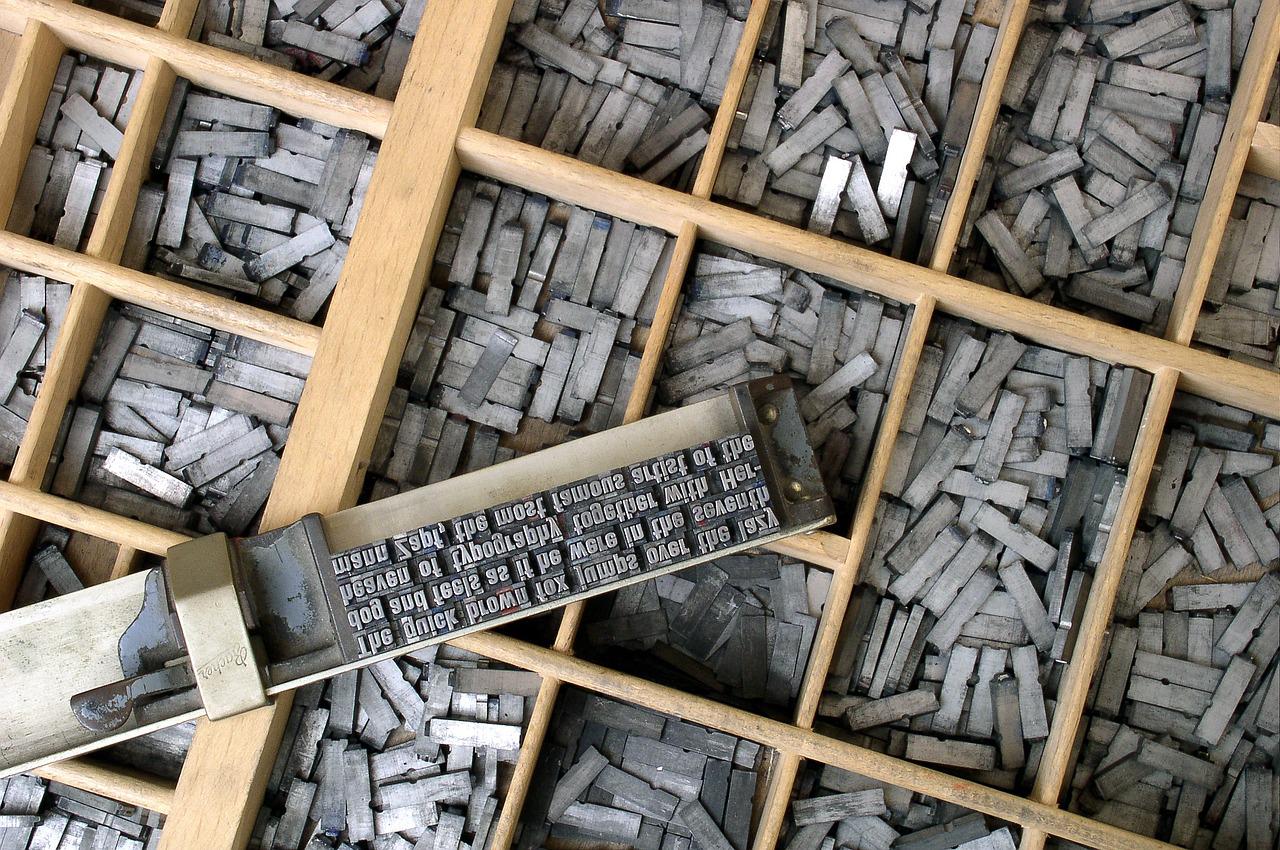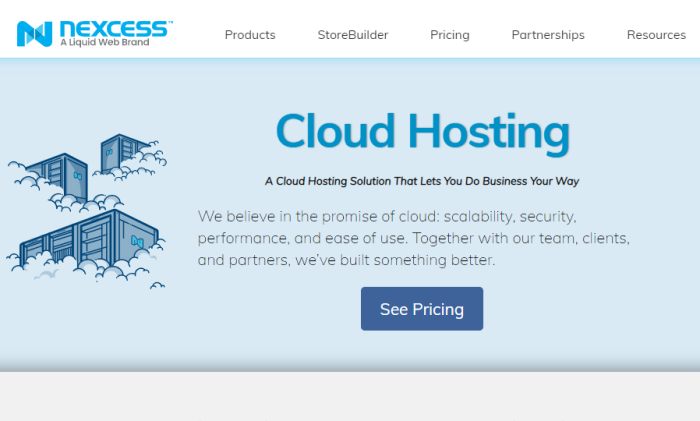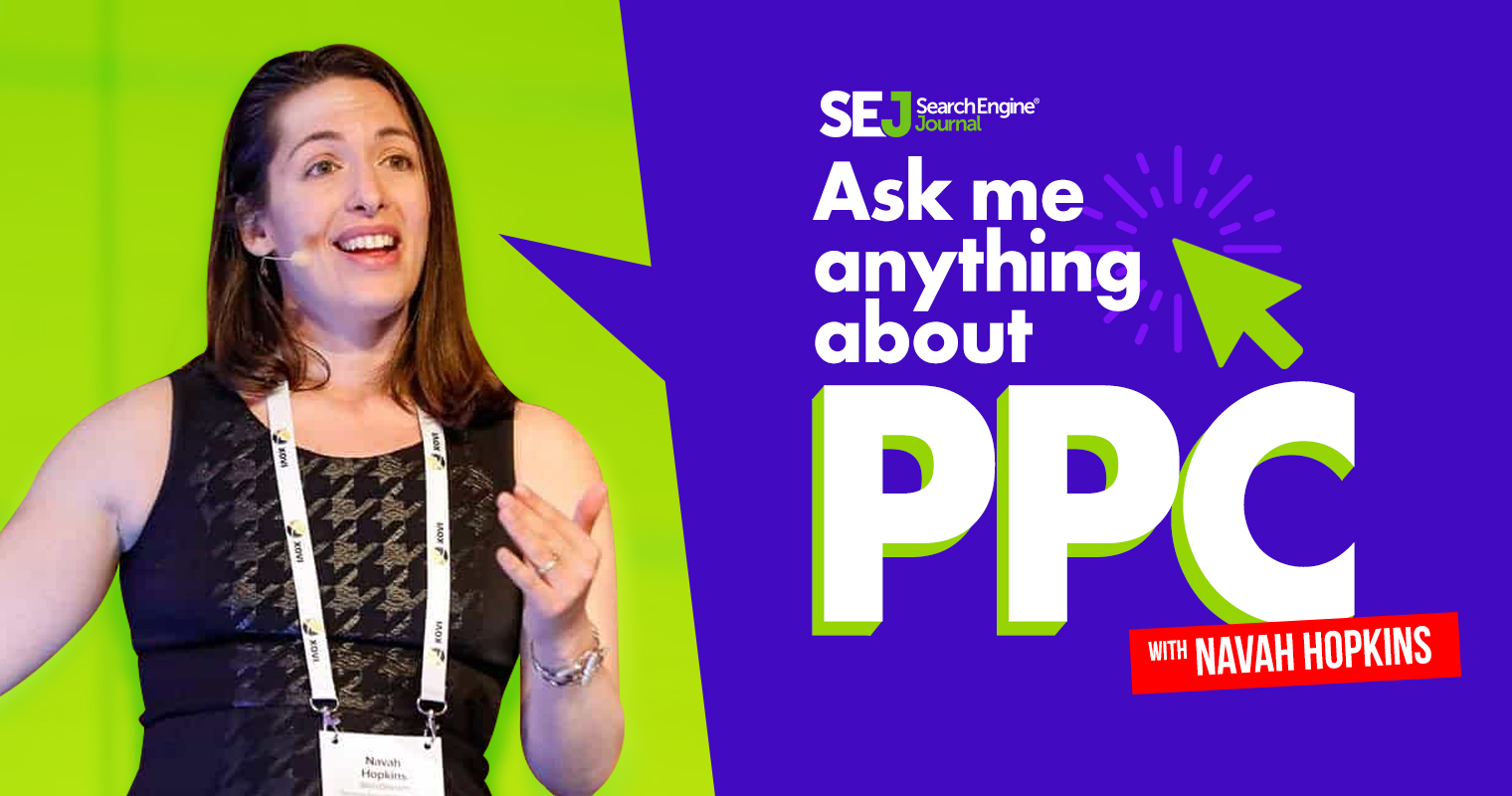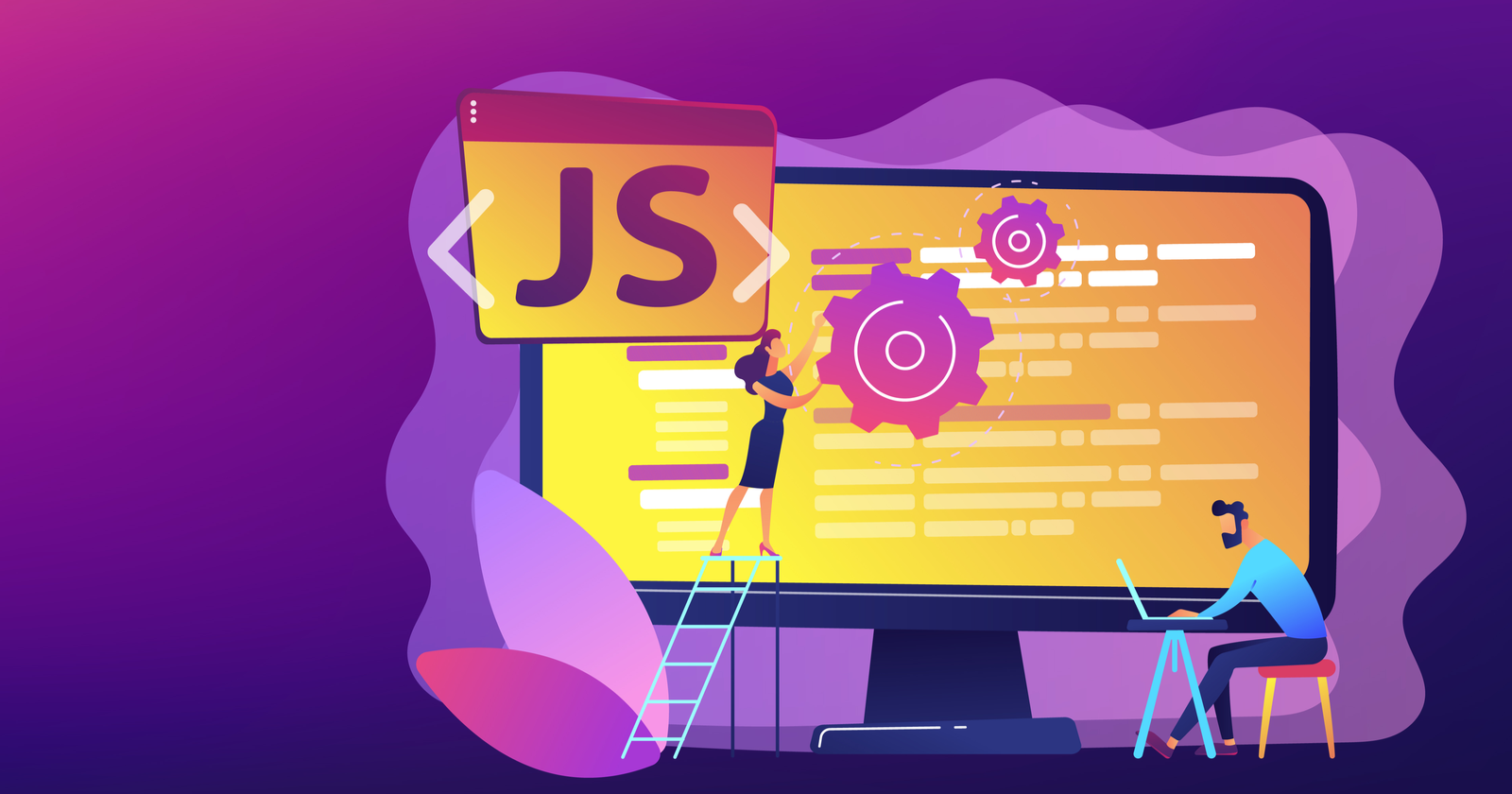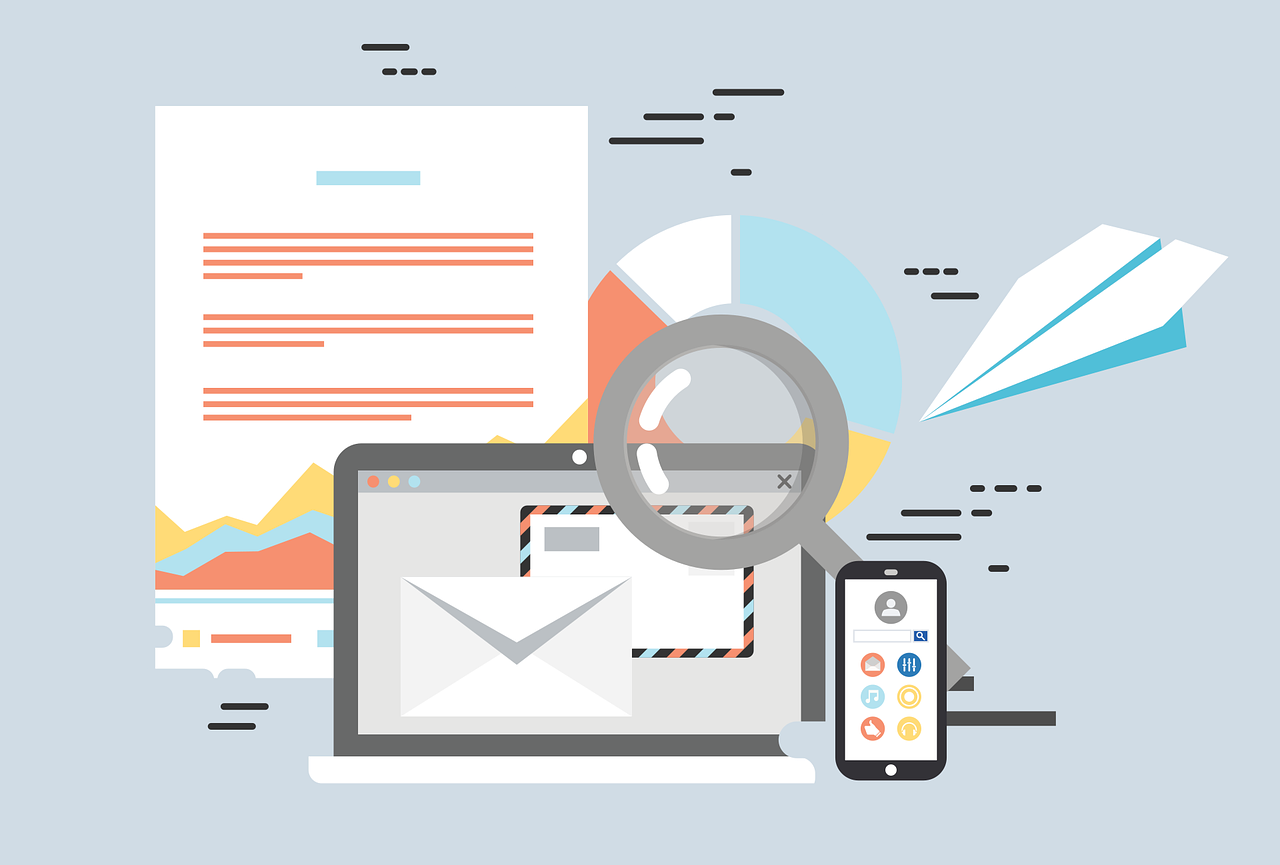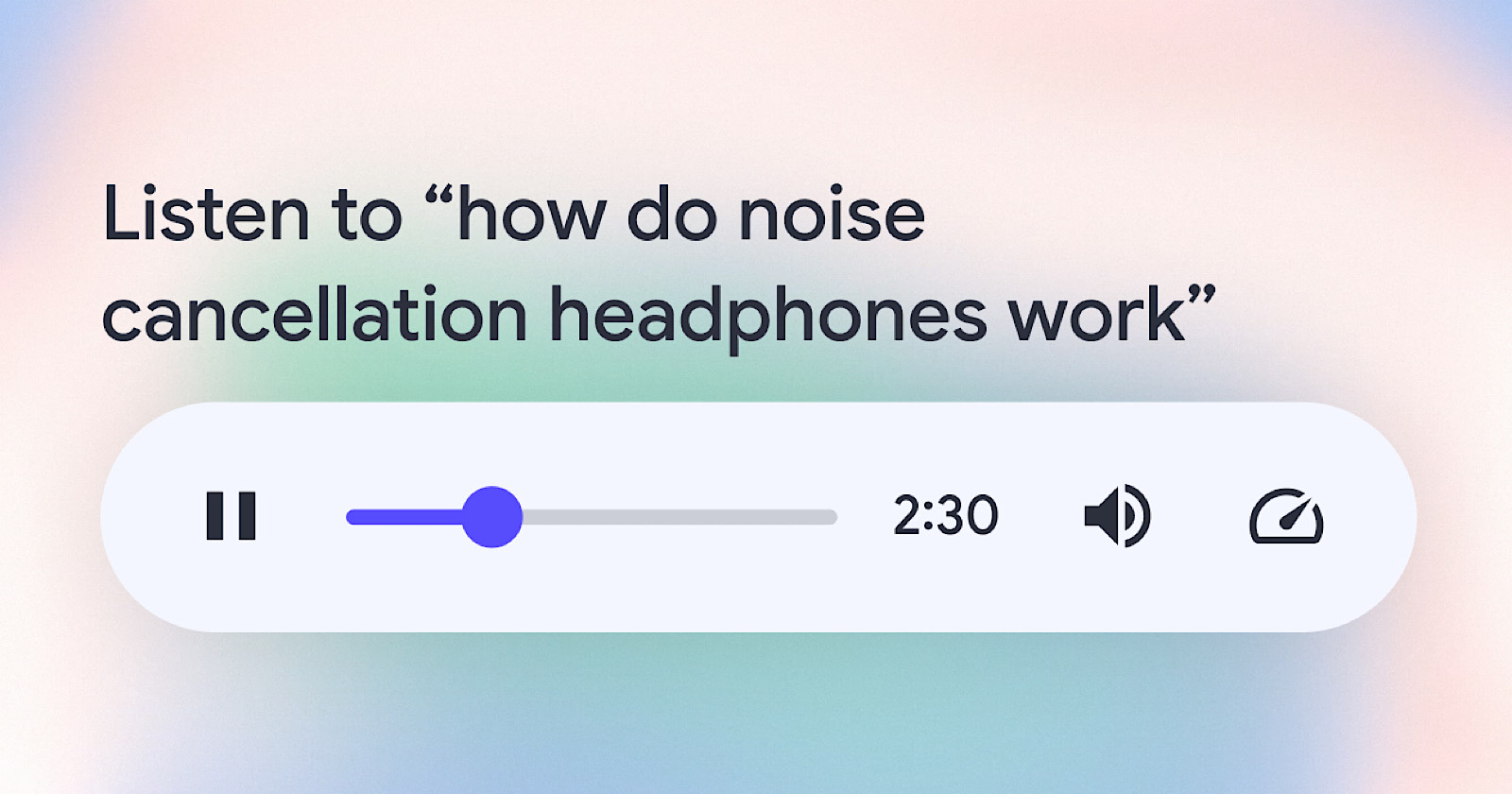Are DAOs the Future of Business?
What is DAO? If you operate in Web3 or adjacent spaces, you may have heard this buzzword-sounding acronym, “DAO”. To try and understand what DAOs are, we need to compare the way we exist online and the way we...
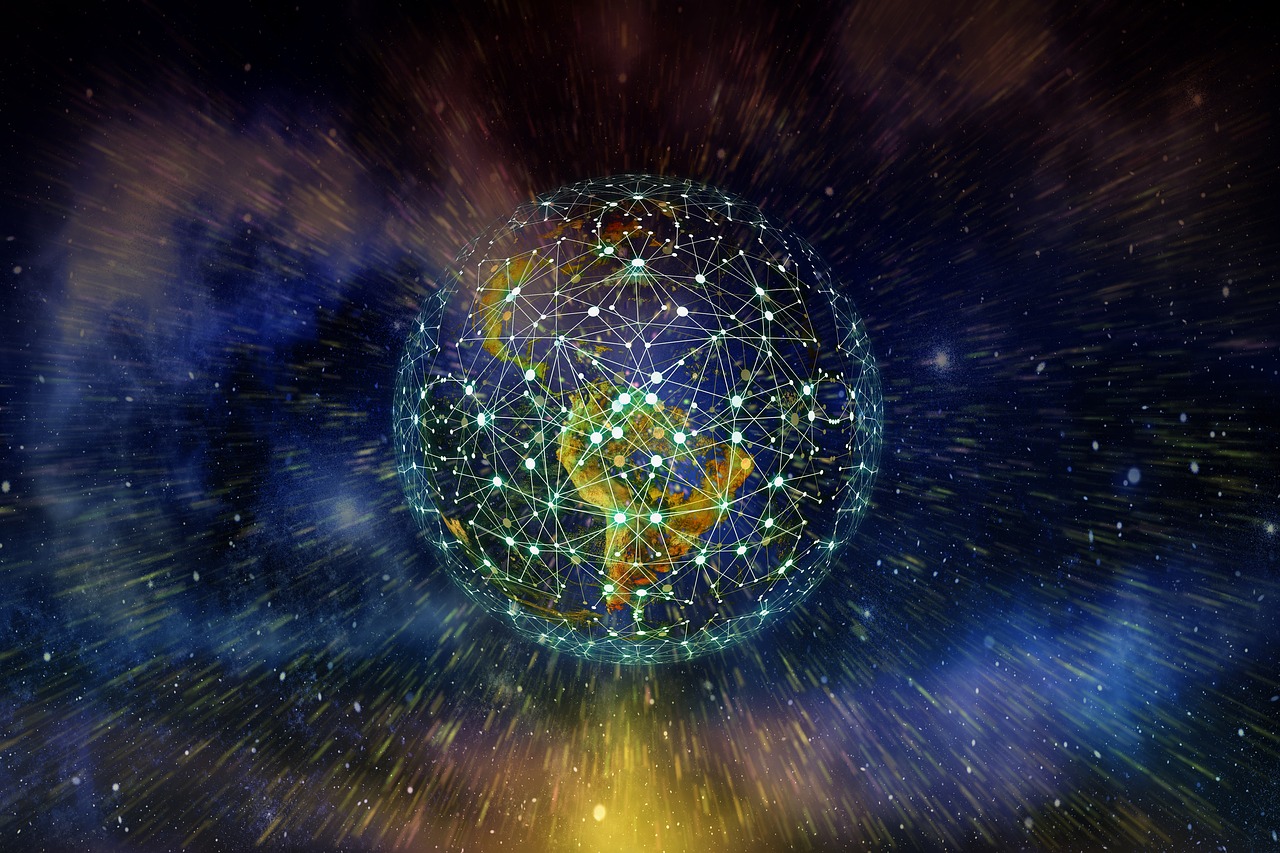
What is DAO?
If you operate in Web3 or adjacent spaces, you may have heard this buzzword-sounding acronym, “DAO”. To try and understand what DAOs are, we need to compare the way we exist online and the way we work in the “offline”, tangible world. DAOs, or Decentralized Autonomous Organizations, offer a new organizational structure that works more like our online lives: everyone has a say, moderation is internal, and hierarchy is unnecessary.
DAOs are run as code on blockchains. Participants share tasks, comments, and suggestions in a way that is reminiscent of message boards or forums, but the philosophy behind them is much more sophisticated. DAOs are owned and run by members in a decentralized way – hence the name – meaning there are no executives and individual decision makers; instead, members receive tokens that determine the weight of their voices in decision making and represent their financial stakes in the company.
DAO members are employed via “smart contracts”, managed by on-chain software that executes tasks on cue. This creates a sense of transparency and fairness, as all members operate within and are affected by the same code infrastructure at all times. Thus, this method lends itself to a strong commitment to the team efforts and the company’s best interest. Members can pool their capital and then collectively decide on fund allocation and code it into the infrastructure. Since pieces of code act as regulators and mediators, no human member can skew the rules.
The Where, the Why, the DAO
Cryptocurrency and the culture surrounding it stem from a utopian vision of building back better: outdated, corrupt institutions can be replaced by blockchain based alternatives that are collaborative and decentralized. Crypto began its life as an alternative payment option, independent from banks and other institutions, and one that can determine its own value.
Smart contracts, through which DAO members are employed, are essentially an attempt to create a legal obligation that cannot be corrupted or tampered with. Combine these two elements, and you have DeFi – decentralized finance. With a decentralized financial system already in existence, an entire organization based on the utopian, decentralized vision of Crypto becomes a possibility: enter DAOs.
DAOs have actually been around since 2016, when The DAO was established as a form of crowdfunding for investors. Ever since, the concept of DAOs has been rapidly catching on, led by Crypto enthusiasts and blockchain proponents. According to The World Economic Forum, the number of DAO members grew from 13,000 to 1.7 million in 2021 alone. The technology itself is developing rapidly, but still has a way to go before it becomes standardized and viable. Standardization is an issue that remains to be explored in the DAO sphere, and this particular topic will be discussed further into this article.
How DAOs Went from Zero to One Hundred in a Few Years
Crypto and its different applications have been on the rise for the past three years; concepts like NFTs or the metaverse have entered the conversation and become a part of our daily lives. Thus, it should come as no surprise that wealth associated with the Crypto world is consistently increasing: according to the World Economic Forum, Crypto wealth increased from around $200 Billion in 2019 to approximately $2.4 trillion in 2021. That’s more than tenfold!
With apparent lucrative options, investors in Web3 spaces are growing more interested in tokens over traditional monetary investments. Some investors even manage their funds in DAOs, similarly to the first DAO ever (that we discussed earlier). As a result, savvy entrepreneurs set up their businesses as DAOs in hopes of attracting early-adopter type investors.
The entrepreneurs utilizing the DAO format can fundraise globally and involve their community in the inner workings and ownership of the company they establish. One would have to assume that our increasingly digital existence, exacerbated by the pandemic, merits new and additional ways to bring our entire lives to the digital world – including our communities, our financial ventures, and our workplace.
With wealth accumulated in digital form, such as NFTs, it only makes sense for DAOs to be the format in which this wealth is retained and managed. As collaborative spaces, DAOs should be able to provide non-hierarchical arrangements where every participant can enjoy the fruits of their digital investment, and no one can cheat because the rules are in the code that automatically manages the matrix.
Decentralization and Autonomy
In order to qualify as a DAO, an organizational framework must be decentralized and autonomous. Decentralization, which is a strong component of the crypto and blockchain culture, is only the basis upon which the DAO framework is built. In order to reach its full potential, a DAO must also be autonomous. The infrastructure must be able to work autonomously with the support of the humans involved, and not the other way around. While decision making is collaborative, aspects such as wealth distribution are governed by the code, with no human intervention.
So we’ve established that for financial assets managed in cyberspace, DAOs are a natural option. Many existing DeFi systems already operate as DAOs. So why aren’t all companies operating within DAOs by now? What’s stopping us?
So Why Aren’t All Companies DAOs?
The DAO format has incredible potential, but it is still in its infancy. Its proponents will have to resolve some major issues before the technology is mature enough to be widely used.
While traditional corporations distribute shares between holders, DAOs distribute tokens. As all members are considered owners to some extent in this decentralized model, they may have unrealistic expectations for financial benefits and liability, or the lack thereof. As there is no formal legal relationship between these token holders and the DAO, how can these aspects be regulated? There is significant risk in it for all parties involved.
In terms of liability, none is defined – and as there is no formalized hierarchy, it is often unclear who is responsible for which aspects, and who is liable for any issues that may arise. Any member can make suggestions and everyone can vote, but if a suggestion is accepted and its implementation causes an issue, it remains unclear who can be implicated.
Despite the supposed autonomy of DAO structures, some still require humans to carry out the actions voted on by other members. As such, these individuals can make changes to instructions agreed upon, or even forgo them altogether. And again, they can’t be legally implicated. If the assets managed are not digital but physical, an executive representative is required to carry out these actions. This limits DAOs’ applications outside of cyberspace.
Then there is the issue of taxation. How should DAOs be taxed? Since there are no recognizable legal structures, DAOs can’t be taxed like traditional corporations. Instead, members can be taxed directly as there is no legal company to tax. And with that, it is unclear if DAOs should be taxed as corporations, or rather as pass-through (flow-through) vehicles.
The Future of DAOs
Despite the questions, limitations, and challenges, it appears that DAOs are here to stay, at least to some extent. The concept and technology are far from mature, and a lot remains to be explored. If the idea of DAOs fades to obscurity, we are still left with the understanding that some processes could become far more efficient if we eliminate the human factor and allow pieces of code to resolve them.
As with many technological advancements, regulation is lagging behind. The rapid development of technology and fast adoption of the DAO model by some organizations leaves a blank space in legality, though some regulation has been introduced in specific places, such as the state of Wyoming which, in 2021, recognized DAOs as corporations and awarded them the same legal rights as LLCs.
The more common approach of trying to apply standard corporation regulation to DAOs is, unfortunately, doomed to fail. New frameworks must be created to accommodate this new format of work, and this would require regulators to cooperate with DAO proponents – entrepreneurs and investors.
In the end, more knowledge and experience must be shared in the Web3 business sphere for DAOs to become a viable part of our work culture. Existing tools and conclusions must be applied to the infrastructure to improve usability and promote the shift to a digital, decentralized workspace. When, how, and if this can be done – remains to be seen.

 JaneWalter
JaneWalter 







